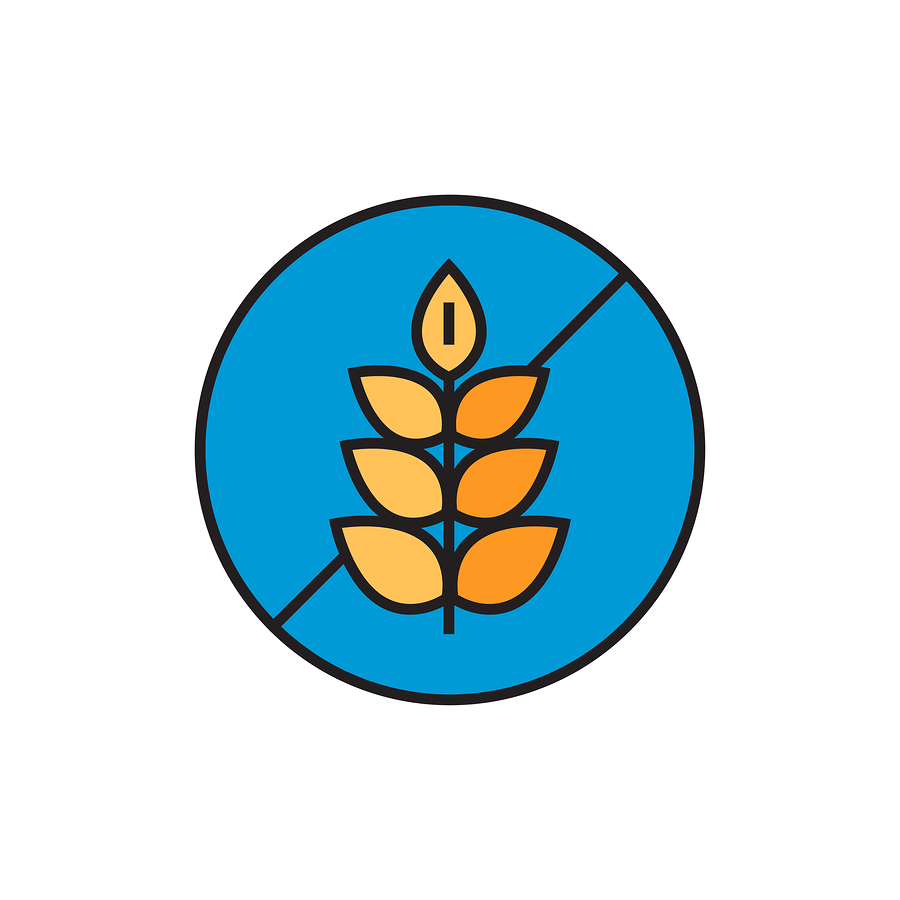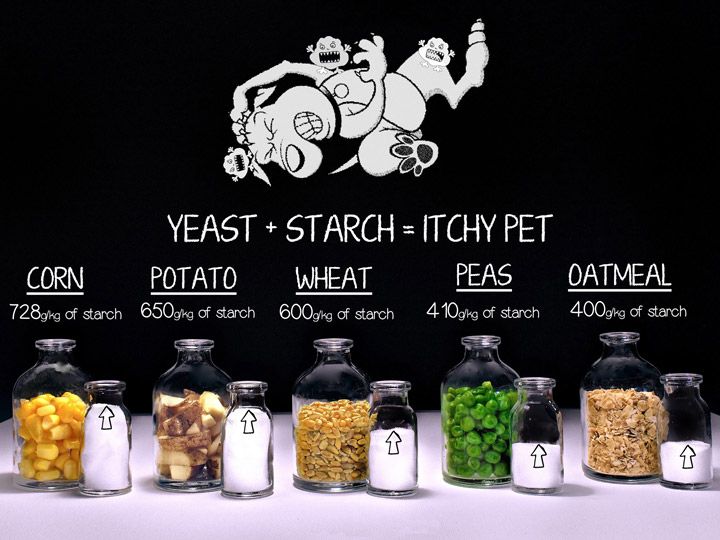
This post may contain affiliate links. We are compensated for referring customers to our affiliate partners.
Times have changed. Over the past 15 years, we’ve seen a surge of people who have discovered that they cannot tolerate grains and gluten. Ditching grains once meant that bread and pasta could no longer be eaten, but the grocery market has changed to reflect the needs of the bread-loving people with celiac disease (an intolerance for gluten and grains). You can now find grain free cakes, cereals, pastas, and even breads in most standard grocery stores. In other words, you can have your cake and your sensitivities, too.
A Grain Free Lifestyle
Though there are many people with allergies and sensitivities to grains and gluten, there are also many people who just make a personal choice to avoid these ingredients all together. We’ve seen many opinions and theories that tell us how bad grains are for the brain and belly. There is still much research needed to determine if this is really factual, but the grain-free industry continues to boom. And in the last few years, it has expanded to the pet food market.
What You Don’t Know
When it comes to your dog’s health, the first place to start is with his food. Is it full of nutritious meats and other healthy ingredients, or does it contain fillers that make it a lower quality dog food? Many people buy their dog food based on what brands are popular and what they might have seen their parents feed Old Red when they were growing up. But if you analyze the dog food ingredients on most brands, you might just discover that Old Red wasn’t getting the proper nutrition after all. Though most dogs will get the basic nutrients that they need with just about any commercial dog food, some brands contain those nutrients in a higher quality that can improve your dog’s overall health.
Going Back To Basics
The grain free trend in pet food comes from an idea of going back to nature. Proponents of a grain free dog food diet argue that it more closely mimics a canine’s natural or ancestral diet as a carnivore. Wolves and wild dogs didn’t exactly feast upon the wheat filed; they caught their protein-rich prey and consumed it. Dogs have evolved over the decades and seem to be able to tolerate grains and carbohydrates better. But though many grains can be broken down in a dog’s system, there are still some that are difficult to digest.
Dr. Karen Becker On Grain Free Dog Food
Know Your Grains
It’s understandable to see why a grain free dog food might be easy to consider. Many pet foods use certain grains in their foods that are lower-quality and can cause sensitivity in many animals. For example, corn-based products are frequently used as a filler ingredient to help make your animal feel fuller, but it does not add much of anything to the nutritional value in the food. In addition, this is a common allergen and can often be difficult for animals to digest. And though they are a good source of energy-boosting carbohydrates, wheat and wheat by-product are common allergens for dogs.
High quality grains can be tolerated better by most dogs. Barley is a starchy grain that supplies healthy nutrients such as fiber to your dog. Brown rice is a good source of selenium and manganese, as well as a good source of Omega-6 fatty acid. Oatmeal digests slowly and won’t cause your dog’s blood sugar to spike plus it contains essential minerals.
Signs Of A Dog Food Allergy
If your dog has a food allergy, you’ll know it. Look for these signs as they might be associated with what they’re eating:
- Excessive flatulence
- Loose stools or diarrhea
- Itchiness
- Hair loss and bald patches
- Skin rashes and irritations
- Chronic licking, chewing, or biting
- Vomiting
- Frequent ear infections
Talk with your veterinarian to determine if these can be caused by any kind of food allergy. Allergies can be caused by other dog food ingredients, so you’ll want to determine if grain is really to blame. Anytime you decide to make a change to your dog’s diet, your vet should be aware so she can keep track of health concerns and changes.

Grain Free Does Not Mean Carb Free
When you choose a grain free dog food, be aware that there are other carbohydrates that can make up a good part of the dog’s diet. Zero grain does not mean zero carb. Carbohydrates are still important for energy. Orijen Regional Red includes peas, red lentils, and other complex carbohydrates that add to the dietary fiber while also supplying some vegetarian protein. Taste of the Wild High Prairie Canine Formula contains sweet potatoes, which are a complex carbohydrate that continues to provide energy instead of releasing sugars in a quick burst, and regular potatoes which are also are complex carbs that are easier to digest than whole grains.
The Possible Benefits
There are a few additional benefits that some owners have found in changing to a grain free dog food diet, including:
- Keeping dogs fuller for longer
- Increased energy
- Fewer and smaller stools
- Healthier skin
- Shinier coat
- Less shedding
- Fresher breath
- Reduced gas
But if your dog is already happy and healthy with the food that you already provide, making a change might not be necessary. As long as you are reading your labels to make sure that the ingredients are plentiful with meat and meat sources and lacking the lower quality grains like corn and wheat, your dog will thank you.

